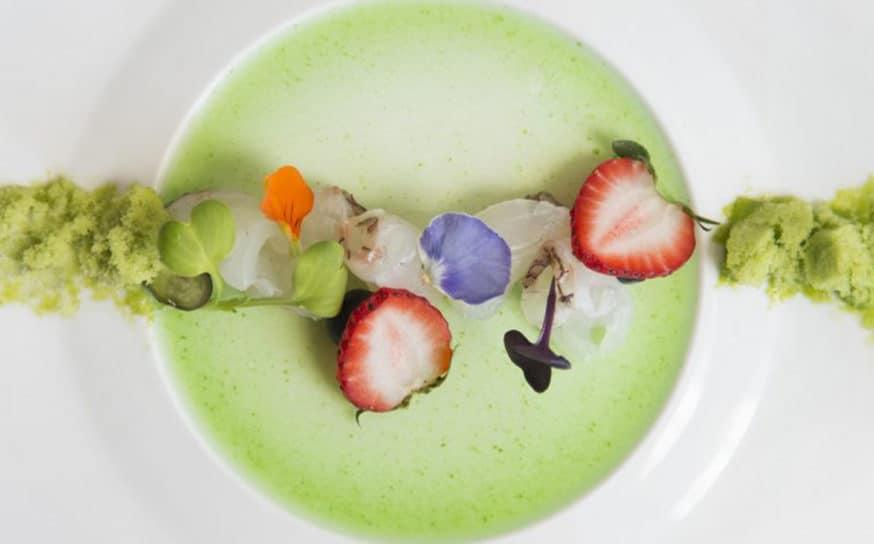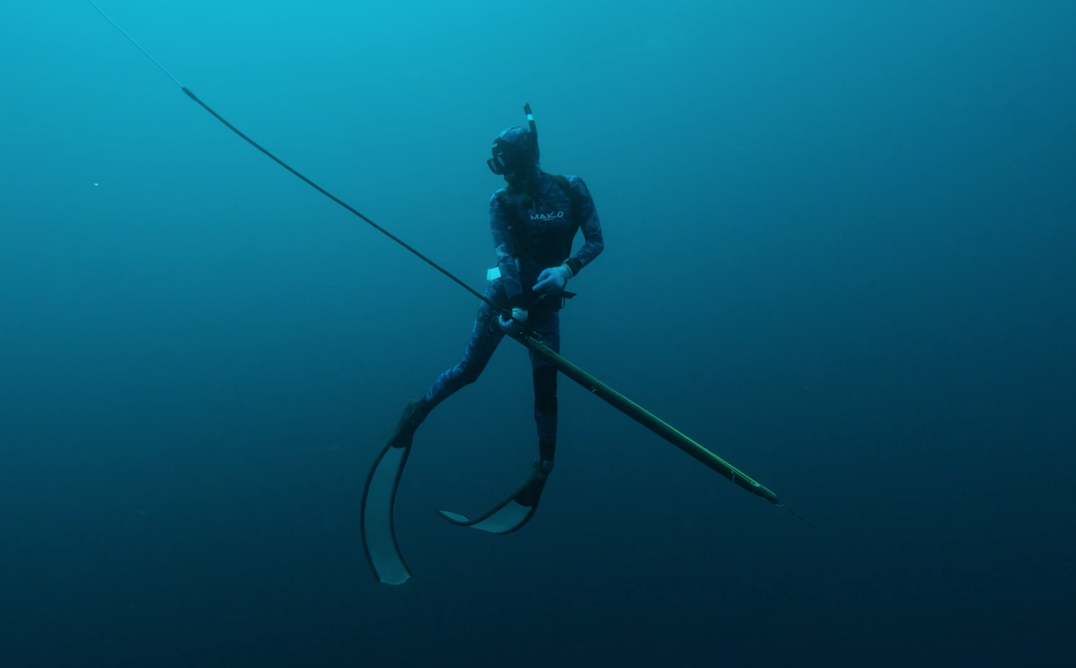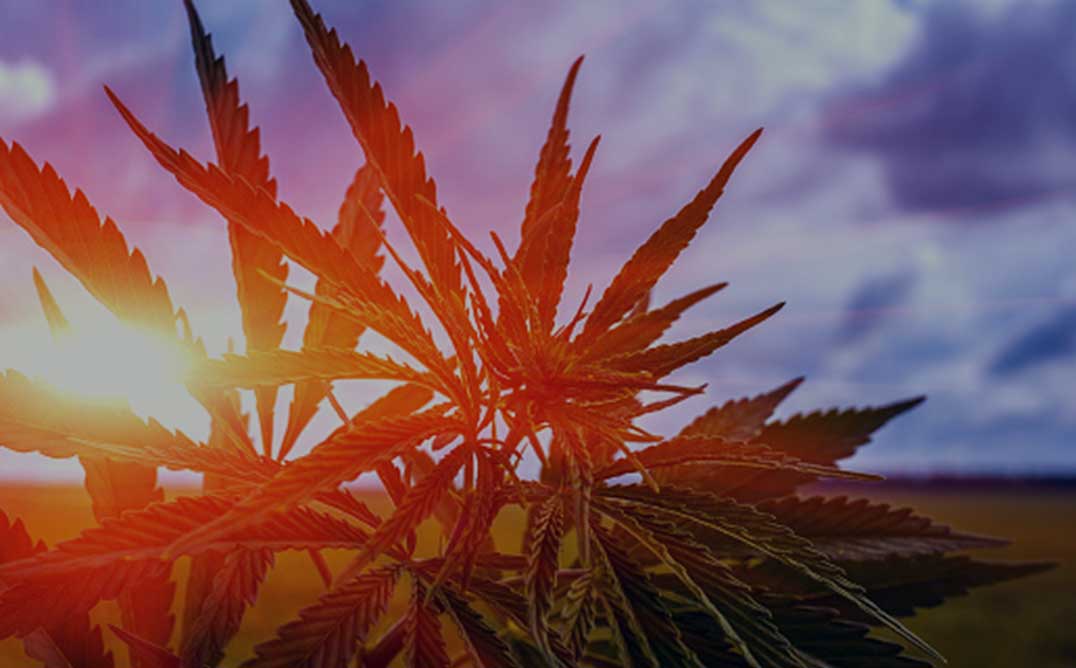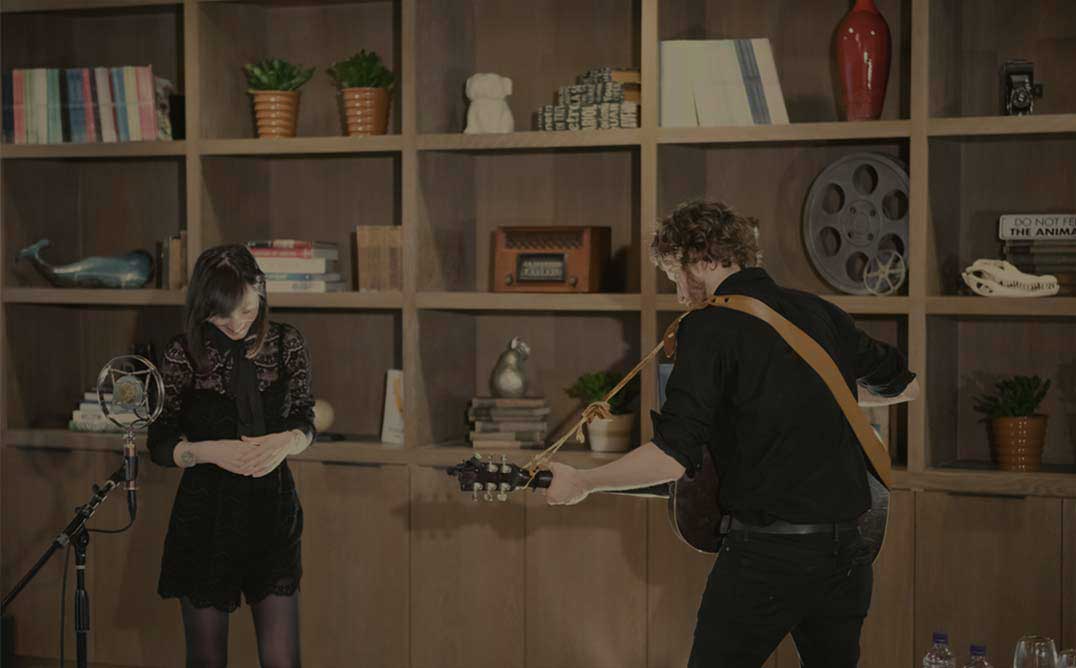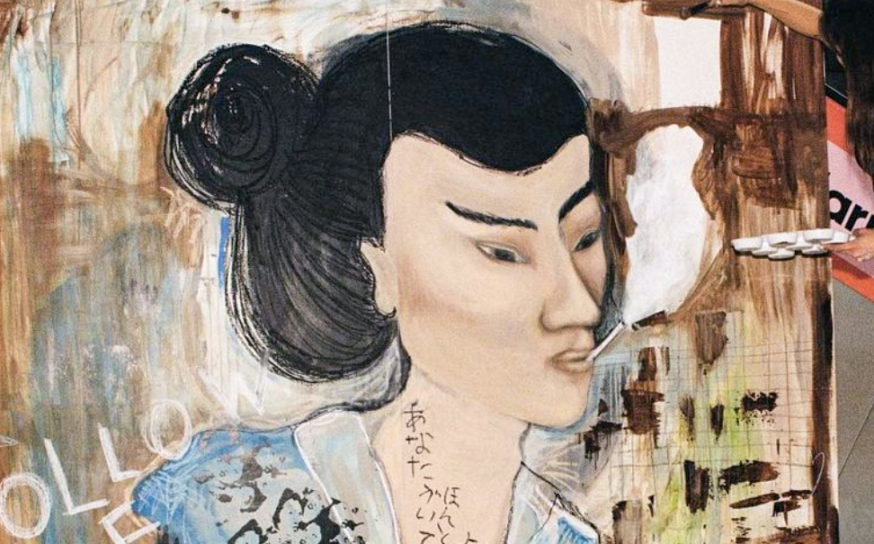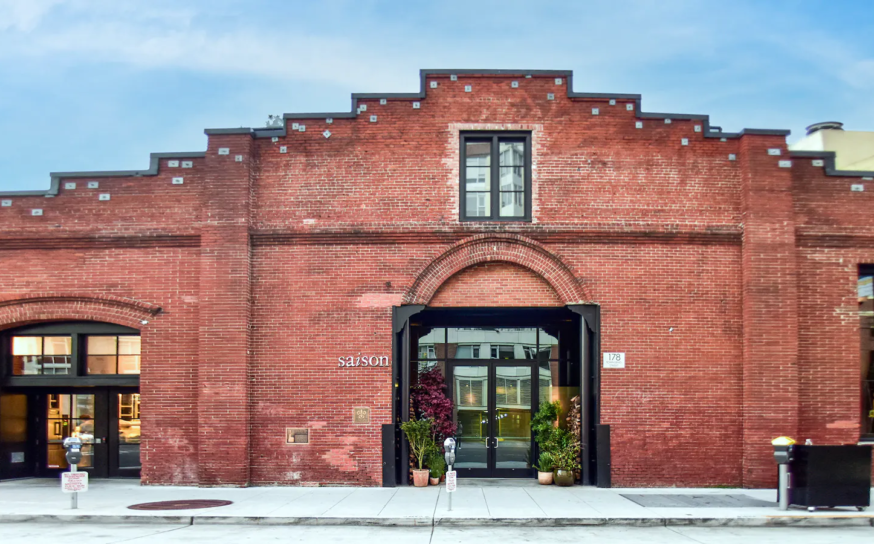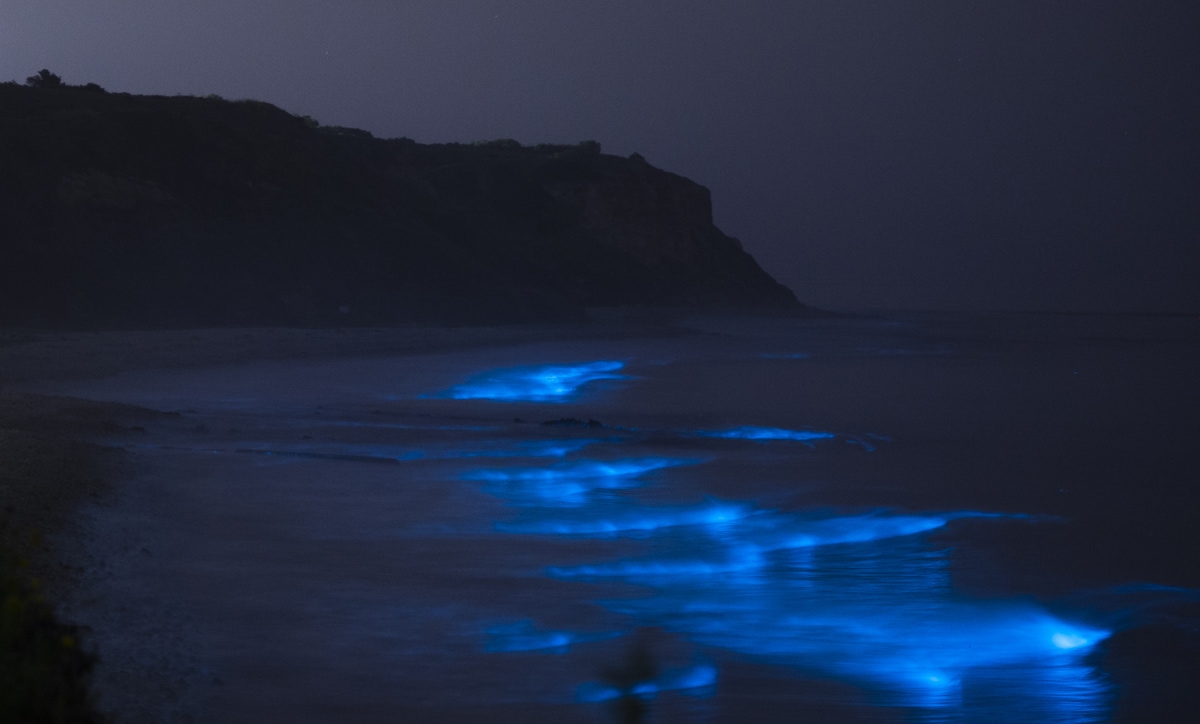
Part of a SoCal Coastline Glows Neon Blue Thanks to a Natural Phenomenon
A bit of sea sparkle.
-
CategoryExperiences, Outdoor Adventure
-
Photographed byBryce Lowe-White
The shores of the South Bay in Los Angeles County got a small, but dazzling light show this weekend.
Per the Los Angeles Times, “The sporadic phenomenon — sometimes called sea sparkle — is something scientists have been studying for 120 years. It’s associated with a red tide, or an algae bloom, made up of organisms called dinoflagellates.
“These tiny single-celled organisms are common members of the coastal plankton community that float on or near the ocean’s surface and can emit bioluminescence, most commonly when they’re grabbed by a predator. The light acts to startle their attacker, according to Michael Latz, a marine biologist with the Scripps Institution of Oceanography at UC San Diego.”
You can read more here.
A Downtown Napa Tasting Room Embraces an Unexpected and Storied Local Spirit
California’s distilling heritage takes center stage at a new brandy house.
The Culinary World’s Most Prestigious Guide Comes Back to Los Angeles
Hey, Michelin … did you miss us?




